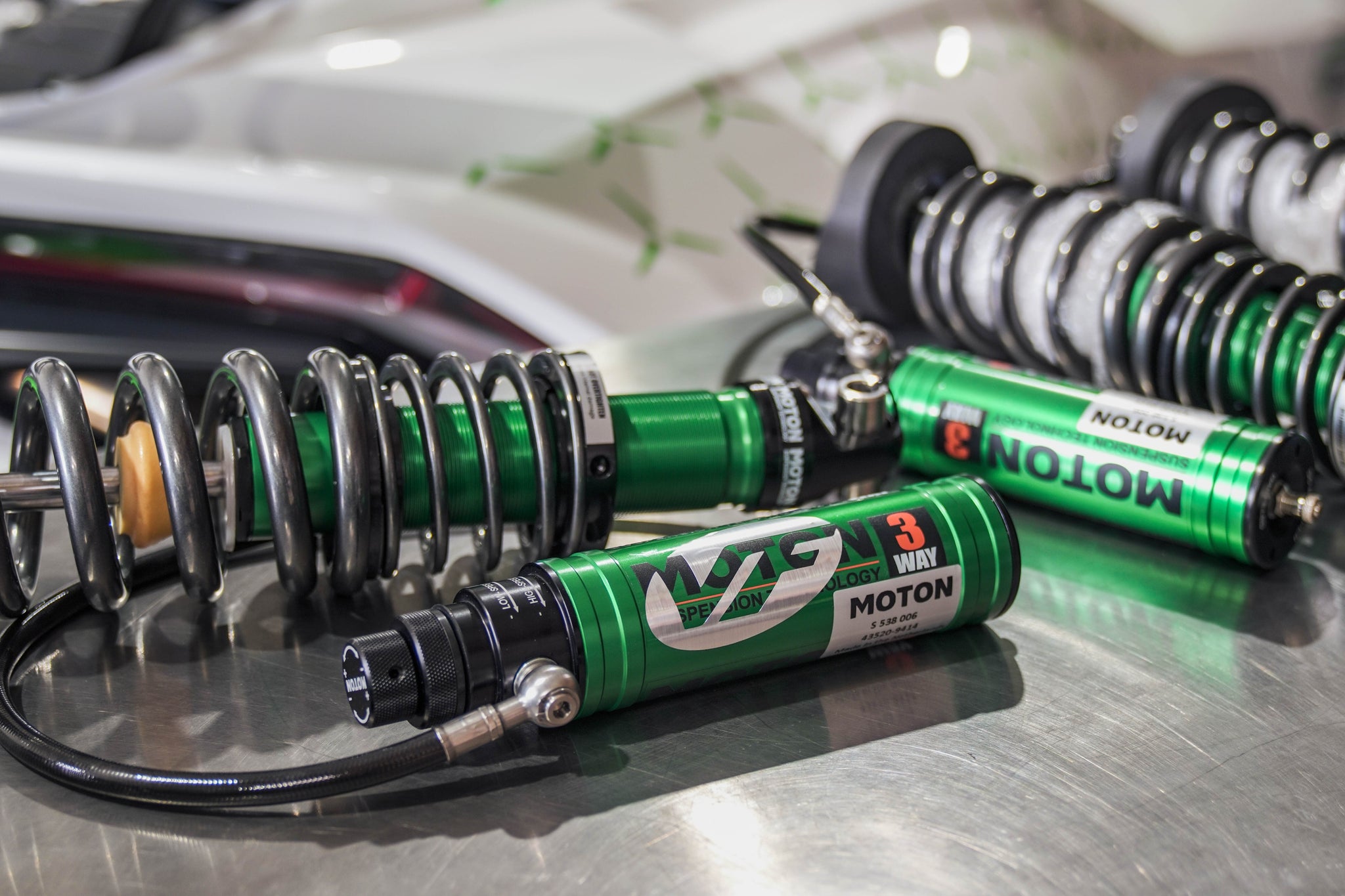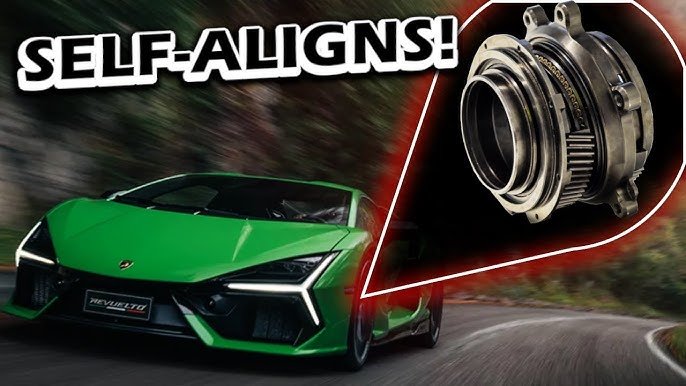I. Introduction
Lamborghini Huracán Adaptive Suspension Technology: The Lamborghini Huracán is more than just a stunning supercar; it’s a marvel of engineering that delivers exceptional performance on the road and track. One of the most critical aspects of its performance is the adaptive suspension technology, which plays a vital role in ensuring that drivers experience optimal handling, stability, and comfort. In this article, we will explore the intricacies of the Huracán’s adaptive suspension system and how it enhances the overall driving experience.
II. What is Adaptive Suspension Technology?

Adaptive suspension technology refers to systems that can automatically adjust the vehicle’s suspension settings in response to changing driving conditions. Unlike traditional suspension systems, which rely on fixed settings, adaptive suspensions utilize various components such as dampers, sensors, and control systems to continuously adapt to the road surface and driving style.
The key components of an adaptive suspension system include electronically controlled dampers, which can alter their stiffness based on real-time data. Sensors monitor factors like speed, acceleration, and road conditions, allowing the system to provide an optimal balance between comfort and performance.
III. Adaptive Suspension in the Lamborghini Huracán
The Lamborghini Huracán features a sophisticated adaptive suspension system that includes advanced magnetorheological dampers. These dampers contain a fluid that changes viscosity when an electric current is applied, allowing for instantaneous adjustments in stiffness.
The integration of sensors plays a crucial role in this system. They gather data on the vehicle’s dynamics and road conditions, feeding this information into the suspension control system. As a result, the Huracán can seamlessly transition from a comfortable ride on the highway to a more rigid setup for spirited driving on twisty roads or the racetrack.
Performance Benefits
The performance benefits of the Huracán’s adaptive suspension are profound. It enhances handling precision, allowing the vehicle to respond quickly to driver inputs while maintaining stability in corners. The system also improves ride comfort by softening the suspension when driving on uneven surfaces, providing a more refined experience.
IV. Modes and Adjustability
The Huracán features several driving modes, including Strada (street), Sport, and Corsa (track), each tailored for different driving experiences. In Strada mode, the adaptive suspension is tuned for maximum comfort, absorbing bumps and imperfections in the road.
Switching to Sport mode firms up the suspension, providing a more engaging driving experience with sharper responses and enhanced stability. In Corsa mode, the suspension reaches its firmest setting, optimizing handling and body control for track conditions.
This versatility allows drivers to customize their experience based on their preferences and driving environments, making the Huracán a true all-rounder.
V. Advantages of Adaptive Suspension
The advantages of adaptive suspension technology are clear. First, it significantly improves handling and cornering performance, allowing drivers to push the limits of the Huracán with confidence. The system’s ability to adjust to varying conditions enhances the vehicle’s stability, reducing body roll during aggressive maneuvers.
Additionally, the improved ride comfort is a notable benefit. The adaptive suspension can absorb road imperfections, making long drives more enjoyable. This feature is particularly valuable in a supercar, where performance does not have to come at the expense of comfort.
VI. Challenges and Considerations
Despite its numerous benefits, adaptive suspension technology does have its challenges. The complexity of these systems can lead to higher maintenance costs and potential reliability issues compared to traditional suspension setups.
Moreover, drivers who are accustomed to the feel of a fixed suspension system may need time to adjust to the dynamic changes in the Huracán’s adaptive system. Understanding how to use the different driving modes effectively is essential for maximizing the benefits of the technology.
VII. Conclusion
In summary, the Lamborghini Huracán’s adaptive suspension technology is a game-changer in the realm of supercars. By providing real-time adjustments to the suspension, it enhances both performance and comfort, allowing drivers to experience the best of both worlds. As automotive technology continues to advance, we can expect even more sophisticated suspension systems in future models, further elevating the driving experience. The Huracán stands as a testament to the innovation and engineering prowess that Lamborghini embodies, proving that exceptional performance can indeed be combined with refined comfort.
VIII. References
(If applicable, include a list of sources or further reading materials on adaptive suspension technology and the Lamborghini Huracán.)
FAQs
1. What is the primary function of the Lamborghini Huracán’s adaptive suspension?
- The primary function is to automatically adjust the suspension settings based on driving conditions and driver inputs to enhance handling, stability, and ride comfort.
2. How does the adaptive suspension system work?
- It uses electronically controlled dampers that change their stiffness in real-time, along with sensors that monitor speed, acceleration, and road conditions, allowing for instant adjustments.
3. What are the different driving modes available in the Huracán?
- The Huracán typically offers three driving modes: Strada (for comfort), Sport (for enhanced performance), and Corsa (optimized for track conditions).
4. Can I feel the changes in the suspension while driving?
- Yes, drivers can notice significant changes in handling and comfort when switching between driving modes, as the adaptive suspension adjusts accordingly.
5. Is adaptive suspension more reliable than traditional suspension?
- While adaptive suspension offers enhanced performance, its complexity can lead to higher maintenance needs and potential reliability issues compared to simpler traditional systems.
6. Does adaptive suspension affect the car’s weight?
- Adaptive suspension systems can add some weight due to additional components like sensors and electronic controls, but the performance benefits often outweigh this factor.
7. How can I maintain the adaptive suspension system?
- Regular maintenance checks by a certified Lamborghini technician are essential to ensure the system operates correctly, along with routine inspections of the fluid levels and electronic components.
Tips for Using Lamborghini Huracán Adaptive Suspension
- Understand Driving Modes:
- Familiarize yourself with each driving mode (Strada, Sport, Corsa) and use them according to your driving conditions. Strada is best for everyday driving, while Corsa is ideal for the track.
- Practice Smooth Inputs:
- To get the most out of the adaptive suspension, practice smooth steering and throttle inputs. This allows the system to respond more effectively to your driving style.
- Adjust to Road Conditions:
- Be mindful of changing road conditions. If you encounter bumpy or uneven surfaces, consider switching to a mode that softens the suspension for better comfort.
- Experiment with Settings:
- Spend some time experimenting with different modes and settings to find the configuration that best suits your driving style and preferences.
- Regular Inspections:
- Schedule regular inspections for your Huracán’s suspension system, especially if you notice any changes in ride quality or handling performance.
- Utilize Performance Features:
- Take advantage of the adaptive suspension’s capabilities during performance driving. Engaging Sport or Corsa modes can significantly enhance your track experience.
- Stay Informed:
- Keep abreast of any software updates or recalls related to the adaptive suspension system, as manufacturers may enhance performance or fix issues over time.
- Consult the Manual:
- Refer to the owner’s manual for specific details on your vehicle’s adaptive suspension system, including maintenance guidelines and troubleshooting tips.
